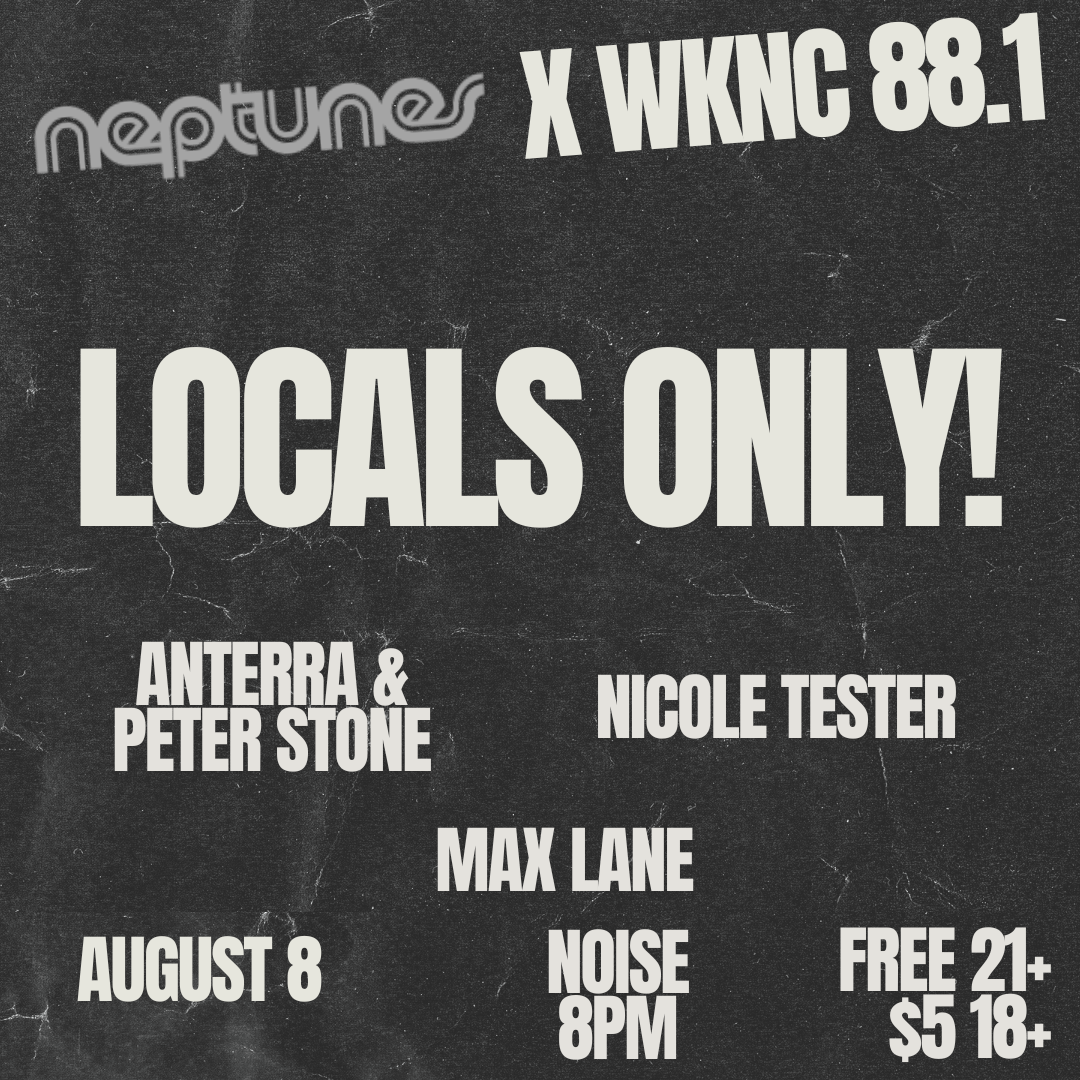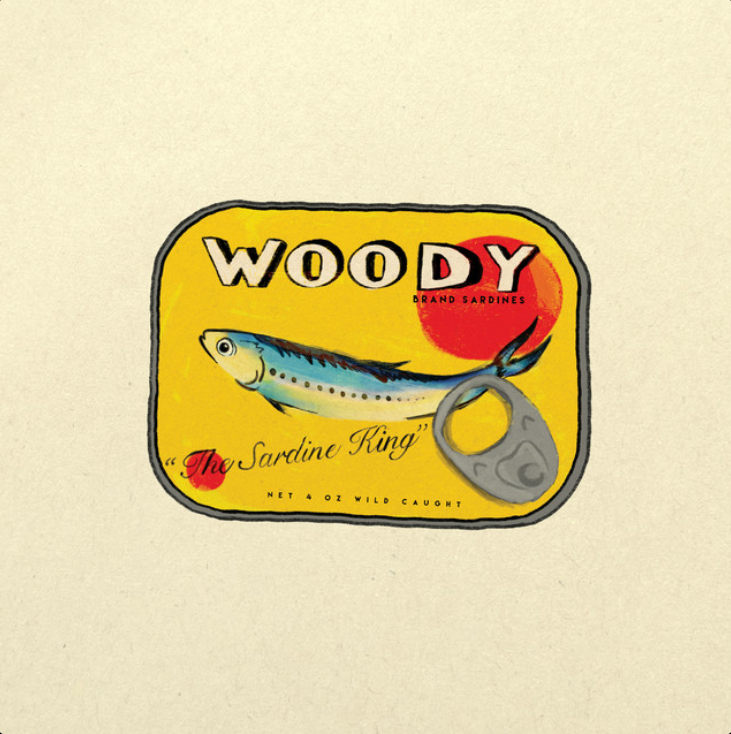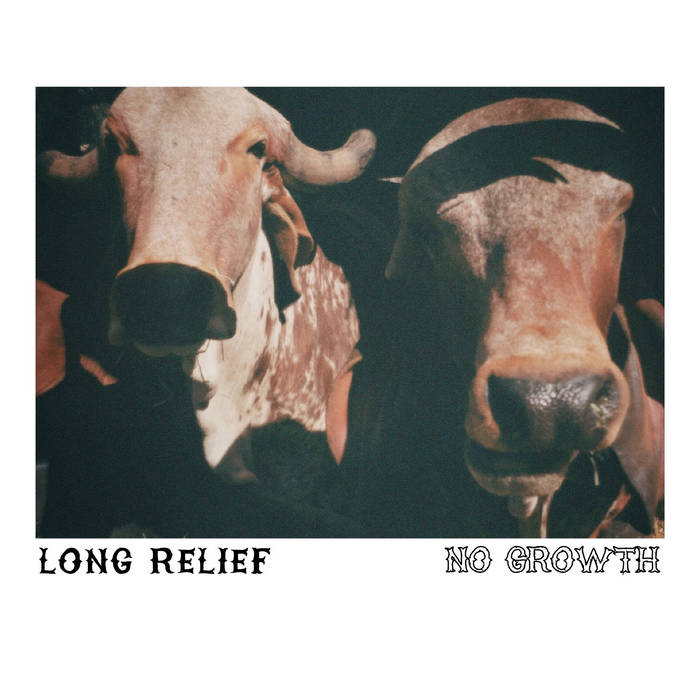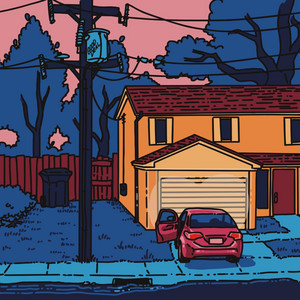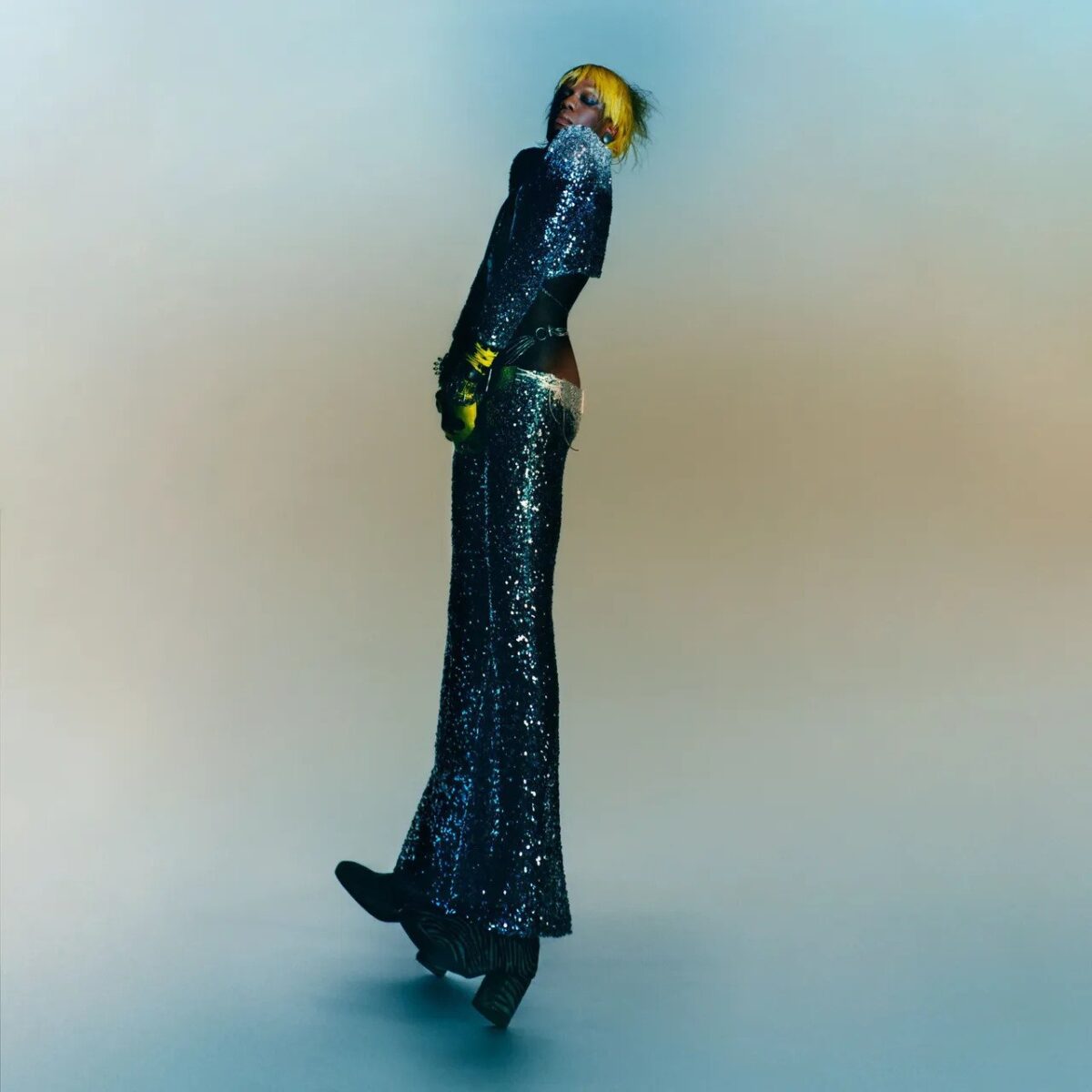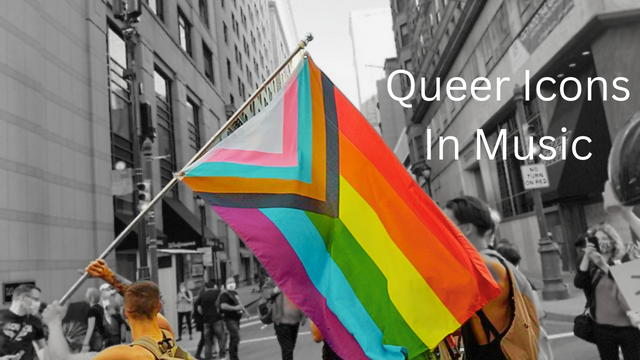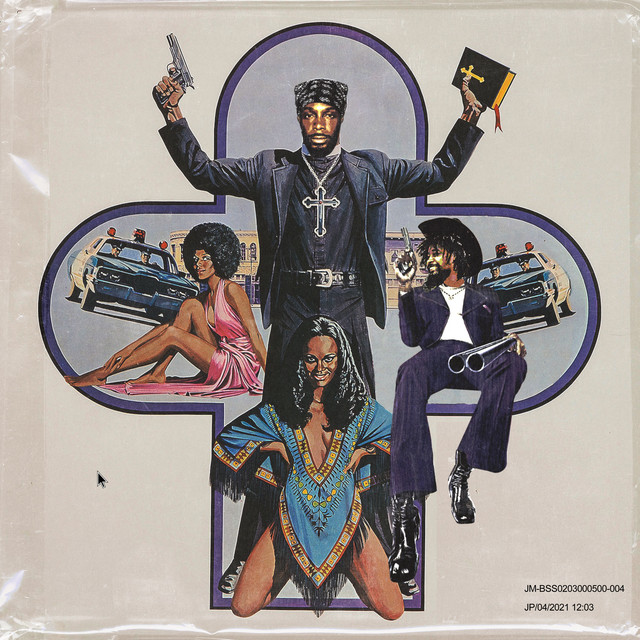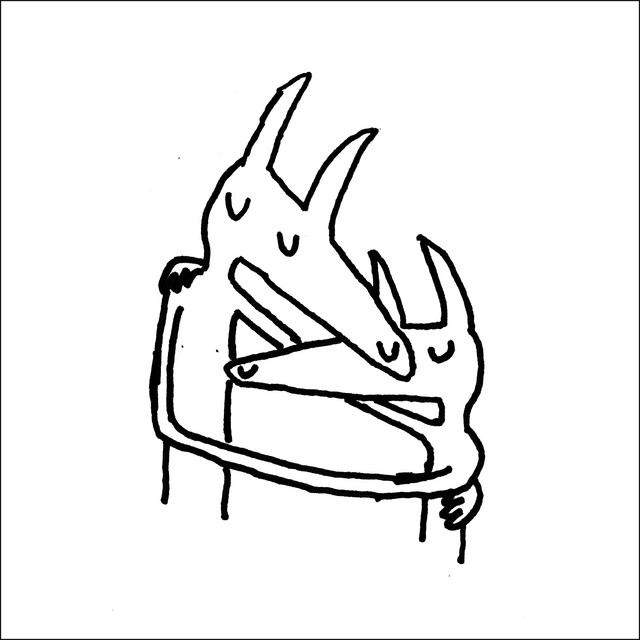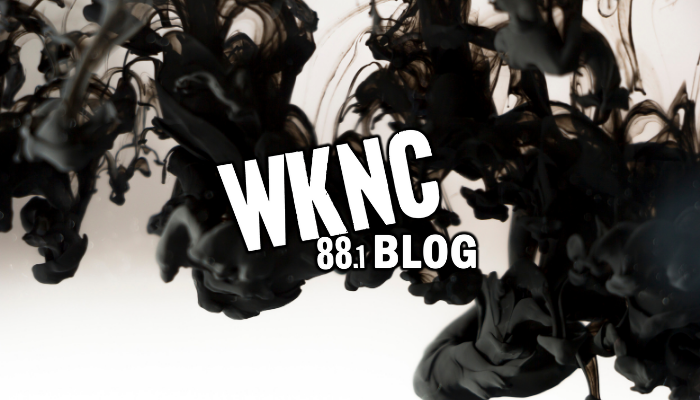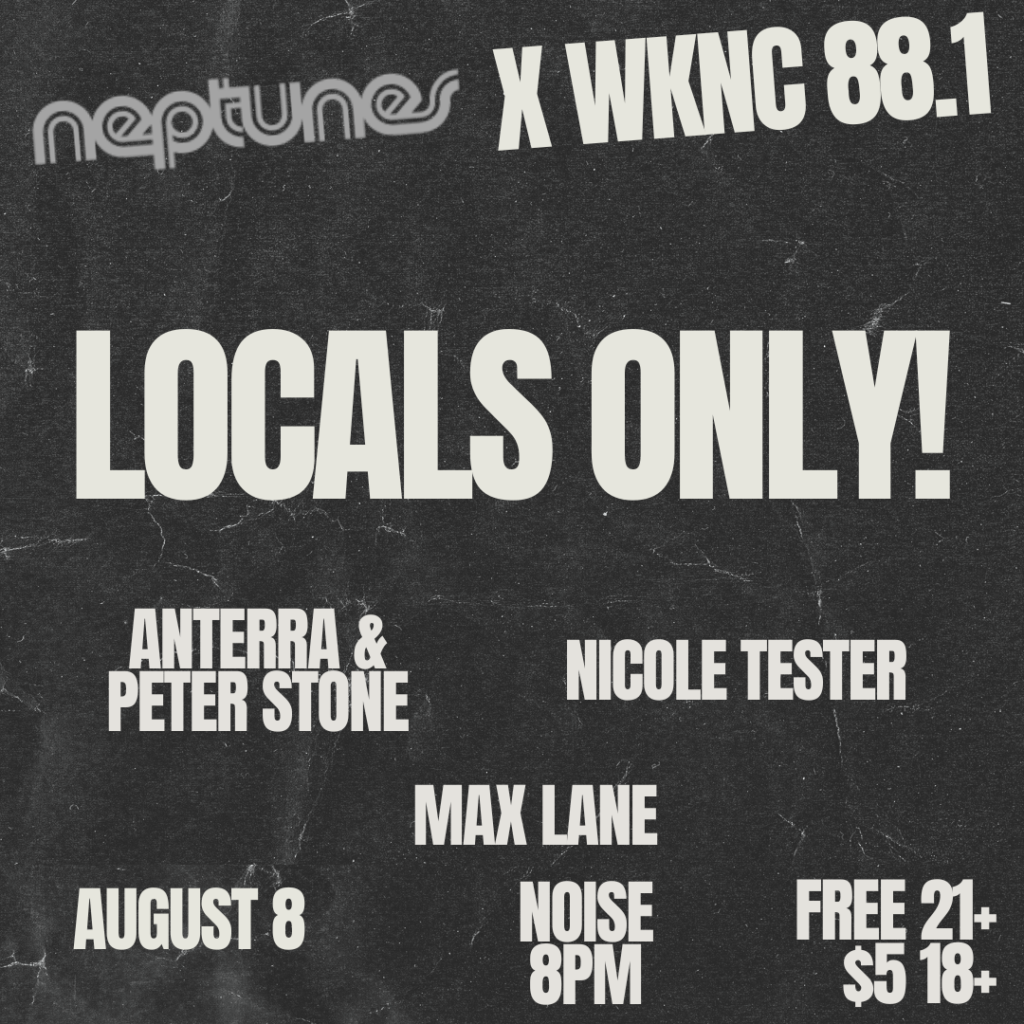
WKNC and Neptunes are bringing back Locals Only! On August 8th, a stellar lineup of local artists are coming to Neptunes to perform for the Raleigh area. July’s Locals Only show was electric, and I expect this show to be just as good.
Max Lane
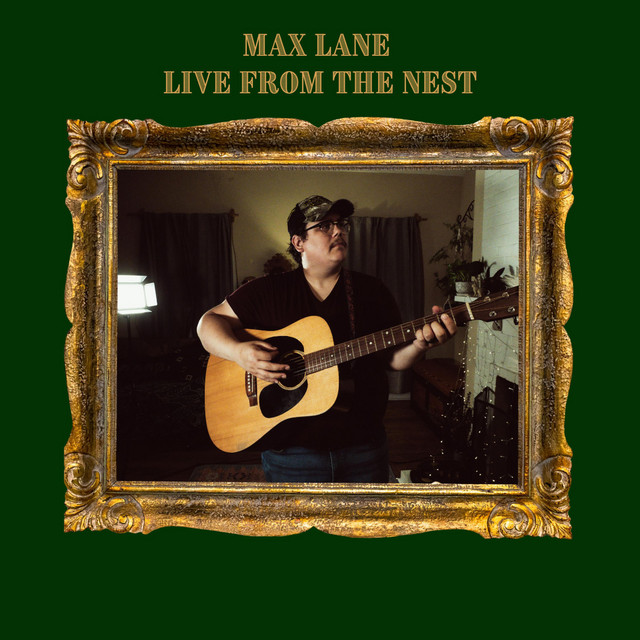
If you went to the last Locals Only show and found yourself wanting slower, more introspective artist, then you’re in luck. Max Lane is a country artist from Hillsborough, North Carolina who I found myself enjoying quite a bit while going through his discography.
His songs are not limited to any particular niche of country music, though he takes a lot of inspiration from soul and gospel, as well as older country legends like Alan Jackson. He can belt out powerful lyrics about his newfound sobriety right after bringing a tear to your eye about lost community.
Personally, I’m very excited to hear songs like “Ghost Towns” live, as I hope you are too.
Nicole Tester
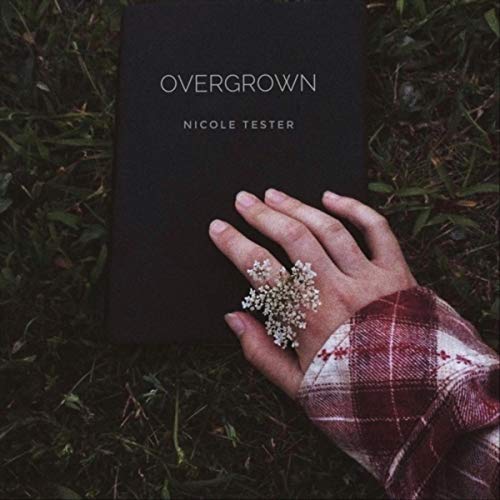
Nicole Tester, meanwhile, brings a softer, more folk-inspired sound to the show, reminiscent of artists like Big Thief or Phoebe Bridgers. Her songwriting explores love, loss, the exploration of self, and so much more that adds plenty of intrigue to her music.
I expect her performance to be a nice comedown from the other acts at this show, including the last acts to be discussed: Anterra & Peter Stone.
Anterra & Peter Stone

These two artists are coming to Neptunes as part of a larger duo album release tour. Anterra brings to their act a more ethereal, dreampop sound whose storytelling relies more on imagery than narration
Peter Stone, meanwhile, bridges the gap sonically between Anterra’s dreampop and Max Lane’s country influences. He keeps a more upbeat energy to his guitar playing that should help rile the crowd back up by the end of the show.
Closing Thoughts
For those of you looking for country, folk, and singer-songwriter songs from your local artists, this will be the show to attend. This Locals Only concert is on for Thursday, August 8th, and I once again hope to see you there!
— DJ Southpaw

